Sony TX10 Review
Sony TX10
Is this toughened 14.2-megapixel Sony compact worth the premium price tag?
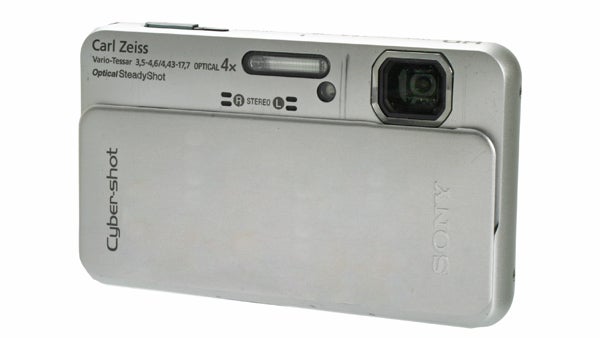
Verdict
Pros
- Tough yet stylish
- Image quality
- HD movie quality
Cons
- Limited zoom
- No finger grip
- Not cheap
Key Specifications
- Review Price: £319.00
- 16.2-megapixel sensor
- 4x optical zoom (25-100mm)
- 1080 Full HD movie recording
- Waterproof to 5m, shockproof to 1.5m
- Sweep Panorama mode
The Sony TX10 is a tough little point-and-shoot compact from Sony with a decent features and a premium price tag to match.
Waterproof to 5m, freezeproof to -10°C, shockproof to 1.5m and fully sealed against dust, the TX10 is also the smallest ‘ruggedised’ compact to have landed on the TrustedReviews test bench in recent months. Does that make it the perfect pocket companion for adventurous photographers? Lets take a closer look and find out.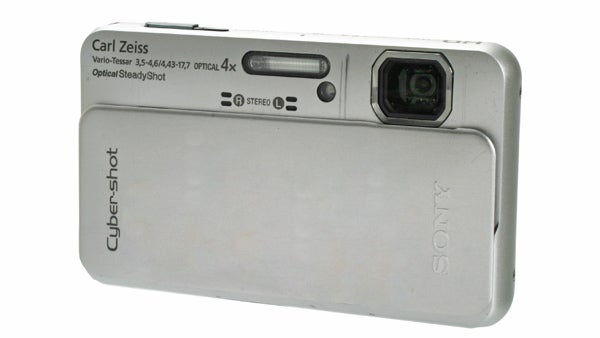
The TX10 supersedes the TX9 that was launched in mid-2010, but which remains in the Sony line-up for now. The new model gains an extra 4MP of resolution.
The TX10 uses a 1/2.3in Exmor R CMOS sensor offering an effective resolution of 16.2MP. It’s a backside-illuminated sensor, which means that it sits inside the camera with the internal wiring positioned behind the chip rather than front of it, thereby allowing more light to reach the individual photodiodes on the surface of the sensor, effectively making it more receptive – and less prone to noise – in poor light conditions.
This Exmor sensor is paired with a Sony Bionz processor to allow for relatively quick processing of individual images. The TX10 can only record single-shot images at full 16.2MP resolution, although it is possible to switch to High-Speed burst mode and shoot at up to10fps continuously – resolution here drops to 400 x 600 pixels. Sensitivity meanwhile ranges between ISO 125 and 3200.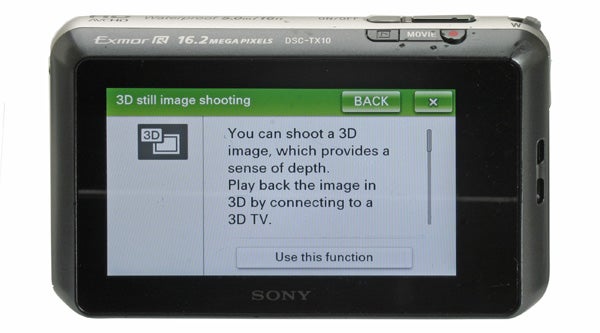
The TX10 is fitted with a 4x optical zoom that offers the 35mm equivalent of a 25mm-100mm focal range. The lens is entirely contained within a sealed housing on the shoulder of the camera and further protected by the camera’s sliding front cover.
It is also possible to deploy the TX10’s Precision and Smart digital zoom technology to increase magnification at the expense of resolution, maxing-out at 28x in VGA resolution. However, as might be expected, images taken at this setting display plenty of pixellation and are of rather poor quality. Using the digital zoom is very much a last resort, which does have some implications for the camera’s overall flexibility, seeing as the 4x range is a little limited.
Shooting modes are limited to the point-and-shoot variety, with Intelligent Auto, Superior Auto, Program and 16 individual Scenes modes making up the regular shooting options. While Program mode is by far the most flexible mode, allowing control over a generous number of individual settings such as autofocus and metering, the others are much more limited. They offer little more than the ability to dial in EV compensation and switch Face Detection on and off.
Superior Auto differs from Intelligent Auto mode in that it’s effectively a multi-exposure mode that combines anywhere between two and six images before combining them to produce a final image. It’s best used in low-light and high-contrast situations, although processing times between images takes significantly longer. 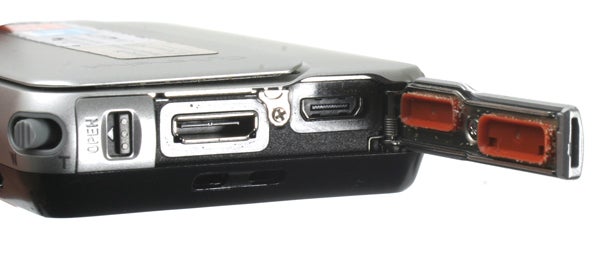
These regular shooting modes are supported by a Panorama Shooting mode that uses Sony’s proprietary sweep technology to capture panoramas. If you are especially keen on taking these kinds of images then its fair to say we’ve yet to see anyone who does panoramic technology better than Sony. The TX10 even offers a High Resolution option for more detailed panoramas, as well as a dedicated setting for underwater images.
Background Defocus is another potentially handy shooting mode you can call upon. Given that there’s no independent control of aperture on offer it should, in theory, prove quite useful, especially when shooting portraits. No doubt with that in mind there’s a Soft Skin effect option lurking within the sub-menu for the vain among you.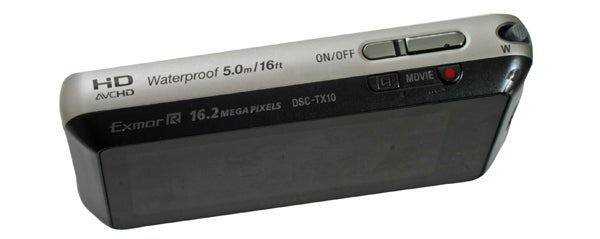
Last but not least is a 3D shooting mode that offers a choice between 3D still images, panoramas and multi-angle. You’ll need a 3DTV or monitor to view your 3D images on though as the TX10’s otherwise excellent screen is very much limited to just the two dimensions.
Despite its hefty price tag the TX10 is only able to shoot JPEGs with no RAW capture possible. Movie recording is well catered-for though, with the TX10 able to record at a maximum 1920×1080 Full-HD resolution at 50i at one of three quality settings: 24Mbps ‘FX’, 17Mbps ‘FH’ and 9Mbps ‘HQ’. If memory is sparse or if you just don’t need to use maximum resolution then you can opt to shoot at 1280×720 HD or even 640×480 VGA.
Sound is recorded in stereo via two microphones located on the front of the camera, behind the protective slide. High Definition movies shot at the three highest settings are compressed in the super-efficient AVCHD format, while all lower resolution movies are stored as MP4s. You’ll need to go into the camera’s main menu settings to change between the two though, which strikes us as being a bit long-winded.
The TX10 uses a traditional soapbar design, with a sliding aluminium cover. While this cover does protect the lens encasement and accidental exposures, it doesn’t prevent the camera from being accidentally turned on, meaning it’s perfectly possible to walk around with the camera switched on but unable to shoot.
In the hand the TX10 does feel especially light and slight, especially given its tough compact credentials. It’s certainly the least tough-feeling “tough compact” we’ve handled, although on the other hand it’s perhaps also the most stylish, far removed from the exposed bolts and industrialised styling of rival tough compacts.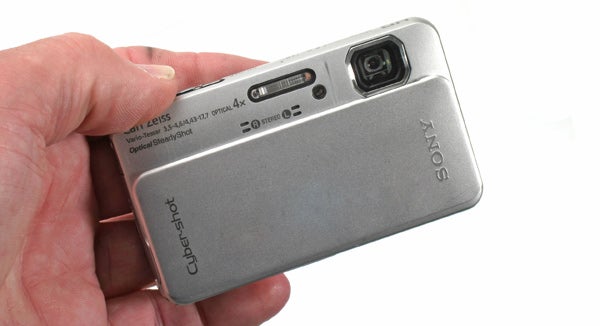
The TX10’s lightweight, smooth aluminium casing and lack of a proper finger grip don’t make it a particularly ergonomic camera though. In fact, it’s the kind of camera that can all too easily slip from your fingers, which makes its tough outer casing all the more important. Anti-shock credentials aside, we’d recommend using it with a wrist-strap at all times.
Being a touchscreen camera, physical buttons are few and far between. The On/Off, Playback and one-touch Movie Record buttons are all small and recessed into the camera, but easy enough to find. Although the elongated shutter button does respond to a half-press to find focus, we found it to be extremely sensitive and eager to fire the shutter as well. At 3in and 921k-dots, the rear monitor of the TX10 is right up there with the very best of them when it comes to clarity and sharpness. While it can be difficult to see in bright sunlight, used in the shade it’s a great monitor to work with.
Zoom controls are located on the shoulder of the camera in the form of a spring-loaded stick and we found it offers very good control over the zoom. Our only real criticism is that the 4x optical zoom is a bit limited; the self-enclosed lens housing physically limits how far the zoom can extend, which compromises its overall telephoto capabilities. You can, of course, employ the digital zoom, but this degrades image quality, even when only used a fraction over the 4x optical limit.
We’ve no problems to report with the touchscreen controls or general menu navigation, with the 3in screen proving responsive to measured presses and finger jabs. Menus are similarly easy to navigate, with a handy ‘?’ button that can be called on for further info on the camera’s various shooting modes and functions.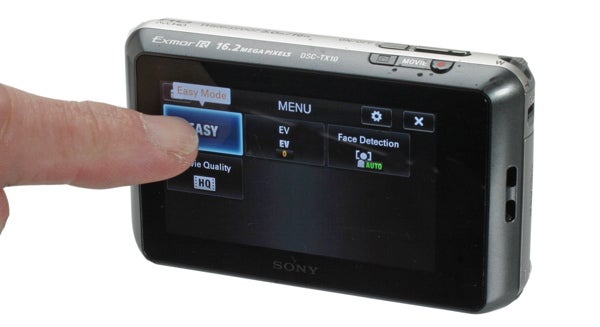
The camera even allows you some degree of customisation over what quick-access icons appear on the main screen while shooting, so if there are settings you regularly change from shot to shot you can save time by putting them directly on the main shooting screen.
The TX10 is pretty quick to switch on and AF performance also impresses. The camera has a total of nine AF points and used in anything but Program mode will default to multi-area autofocus. Program mode allows you to choose either Central AF or Spot AF point, which allows for more flexible focusing using the focus-recompose technique.
It’s also possible to select a point of focus using the touchscreen, although getting the camera to focus on the exact point you want it too can be a bit hit and miss (with the exception of faces). While the camera appears to offer automatic tracking of moving subjects we found it to be somewhat unreliable. Autofocus speed is near instant in good light, less so in darker conditions. In really poor light or near darkness the camera automatically deploys an orange AF assist beam to help it find focus.
Processing times between individual images varies. Used in either Program or Intelligent Auto mode the TX10 takes a little under a second to process images. However, when using something like the multi-exposure Superior Auto mode or Background Defocus, the camera will take considerably longer to process images.
Judged against other ‘ruggedised’ compacts using a similarly small, folded-lens design the TX10 delivers better than average image quality. It’s not perfect by any means, but compared to many rival tough compacts the TX10 tends to produce images with more punch, along with a pleasing degree of vibrancy, better edge sharpness and good levels of detail.
Colours are well-reproduced although we did find that the various shooting modes produce slightly different levels of saturation, contrast and sharpness, with the Superior Auto mode tending to produce more saturated images with greater contrast levels than images shot using the Program and Intelligent Auto modes. Images shot in the Superior Auto shooting mode also tend to be a bit softer than their Program/Intelligent Auto counterparts, not doubt due to the fact that the mode blends multiple exposures together. 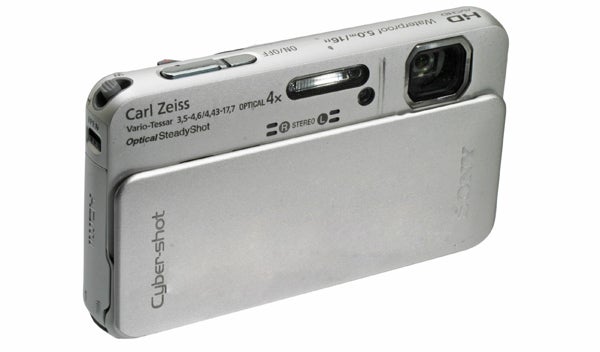
Metering tends to be fairly accurate when the camera is used in multi-segment evaluative mode. We did occasionally find it tended to overexpose, requiring us to dial in a small amount (-0.3EV) of exposure compensation to retain more in the way of highlight detail.
As with most modern compacts we didn’t experience any problems with the TX10’s Auto White Balance mode. There is scope to change settings manually if you wish, but we found the AWB setting to be consistently accurate.
While viewing full resolution images at A4 size and below shows good detail, further magnification to 100% and above does reveal the effects of processing and compression, with fine detail taking on that familiar ‘painted over’ texture that is so common in compact cameras. We’d advise against using the digital zoom unless you have to as even the smallest excursions away from optical zoom territory into digital zoom (4.5x for example) can result in a noticeable loss of detail.
Low-light performance at higher sensitivities isn’t all that bad, all things considered, with ISO 1600 able to produce usable images. Above this and things really do begin to break down though.
Verdict
The Sony TX10 offers just about the best overall image quality we’ve yet seen in a toughened camera with a folded-lens design. While some processing and compression flaws do become apparent at 100% and above, at lower sizes images deliver plenty of punch. Add to this Sony’s Sweep Panorama technology, which remains the benchmark for ultra-wideangle fun, along with excellent movie recording abilities and the TX10 just about justifies its premium price tag. The lack of finger-grip and shiny aluminium finish do make it a bit slippery to hold though, so be sure to use it with a wrist strap attached – otherwise you may well end up testing the camera’s shockproof qualities sooner rather than later.
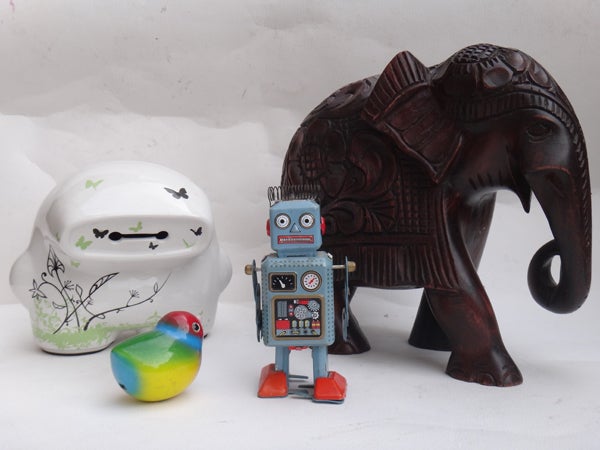
The test shot in full

ISO 125

ISO 200

ISO 400

ISO 800

ISO 1600

ISO 3200
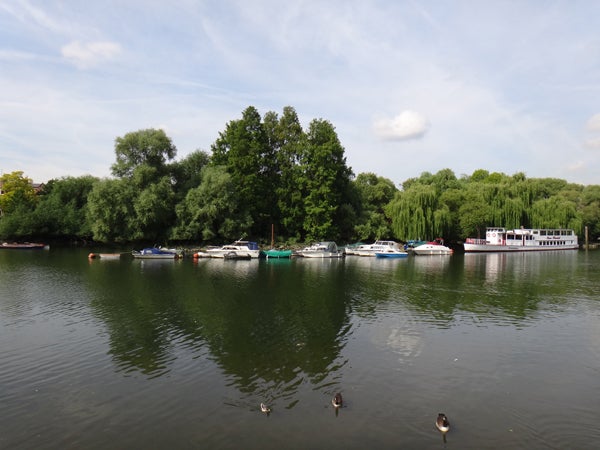
At 25mm the Sony offers impressive wideangle capabilities
1/640sec @ f/4.5, 25mm, ISO 125, AWB
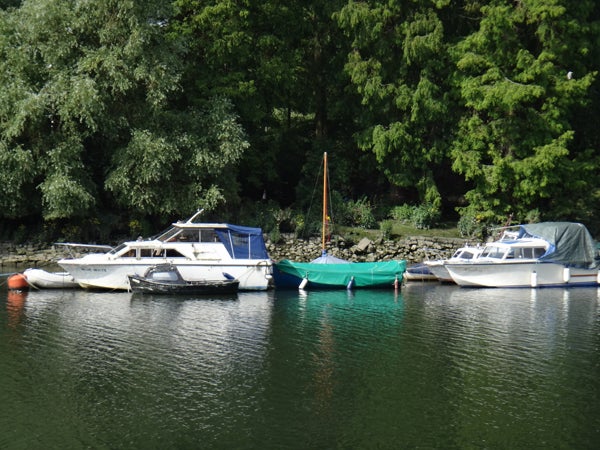
While at 100mm the TX10’s zoom can feel a bit limiting
1/320sec @ f/4.6, 100mm, ISO 125, AWB

Images taken with the TX10 deliver plenty of punch
1/640sec @ f/5.6, 100mm, ISO 125, AWB
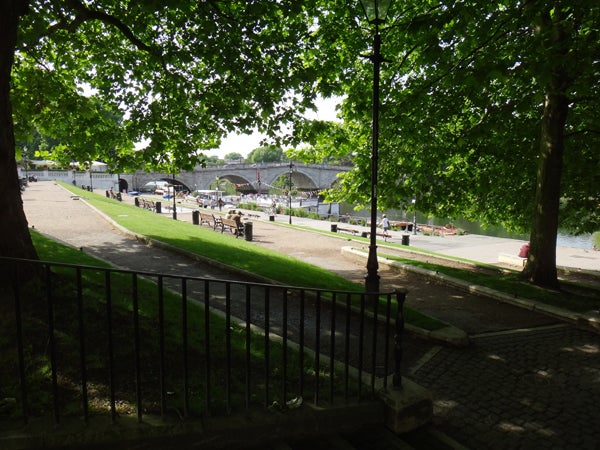
Used in Superior Auto mode the TX10 can deliver good results in high-contrast scenes
1/400sec @ f/4.5, 25mm, ISO 125, AWB
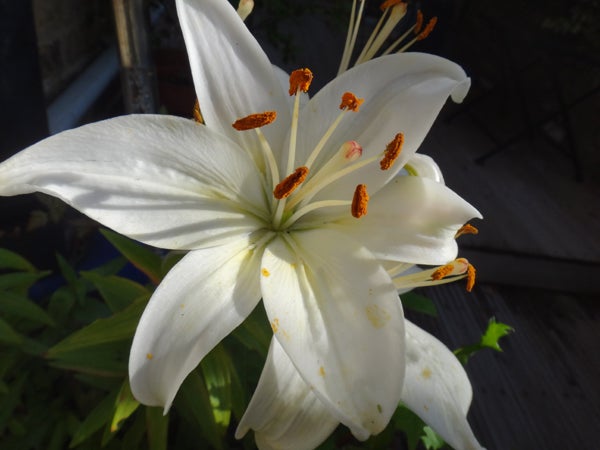
We were impressed with the TX10’s Macro capabilities too
1/1000sec @ f/4.5, 25mm, ISO 125, AWB

Metering generally proves reliable with the TX10
1/800sec @ f/4.5, 40mm, ISO 125, AWB

Though an occasional tendency to over-expose can be tempered with exposure compensation
1/160sec @ f/4, 67.5mm, ISO 125, AWB, -0.3EV)

Background Defocus mode allows you to take control of depth of field
1/80sec @ f/3.5, 25mm, ISDO 125, AWB

Sony’s Panorama Sweep mode sets the benchmark for panoramic photography
Trusted Score
Score in detail
-
Value 7
-
Design & Features 8
-
Image Quality 8
-
Build Quality 8
Features
| Camera type | Digital Compact |
| Megapixels (Megapixel) | 14.2 Megapixel |
| Optical Zoom (Times) | 4 Xx |
| Image Sensor | Emor R CMOS |
| Optical focal length | 25-100mm |
| Shutter speed | 1/1600-2sec |
| Auto focus | Yes, 9-point |
| Manual focus | No |
| Max output resolution | 4608 x 3456 |
| Other resolutions | 3648 x 2736, 2592 x 1944, 640 x 480, 4320 x 2432 (16:9), |
| Focus range | 1cm to infinity |
| Exposure control | Program, Intelligent Auto, Superior Auto, Scene |
| Exposure metering | Multi, centre-weighted, spot |
| Exposure compensation | ± 2.0EV |
| Image Stabilisation | Optical, Electronic |
| ISO settings | 125-3200 |
| LCD Monitor | 3 in |
| Viewfinder | No |
| Flash range | Approx.0.08m-3.7m |
| Flash modes | Auto Flash, focrced on/off, Slow Sync, Red-eye Reduction |
| White balance modes | Auto (intelligent), Daylight, Cloudy, Fluorescent1, Fluorescent2, Fluorescent3, Incandescent, Flash, One Push, One Push Set |
| Drive modes | Single, low, high |
| Image formats | JPEG |
| Picture adjustments | No |
| Video (max res/format) | 1920 x 1080 |
| Movie length | N/A |
| Self timer | 10sec, 2sec, self-portrait (one or two people) |
| Memory card slot | SC/SDHC, Memory Stick |
| Supplied memory | Yes |
| Batteries supplied | Yes |
| Charger supplied | Yes |
| A/V output | Yes |
| Charging/Computer Connection | Yes |
| HDMI | Yes |
| AV Out | Yes |
| Manual | Yes |
Physical Specifications
| Dimensions Width (Millimeter) | 95.6mm |
| Depth (Millimeter) | 17.9mm |
| Length (Millimeter) | 56.1mm |
| Weight (body only) (Kilogram) | 118kg |

